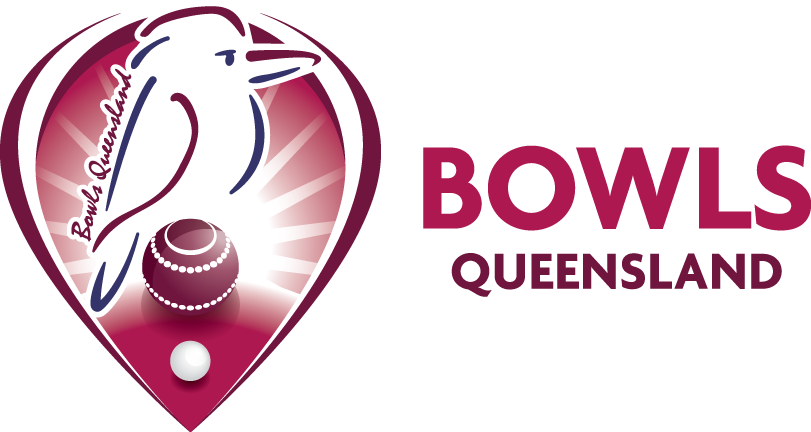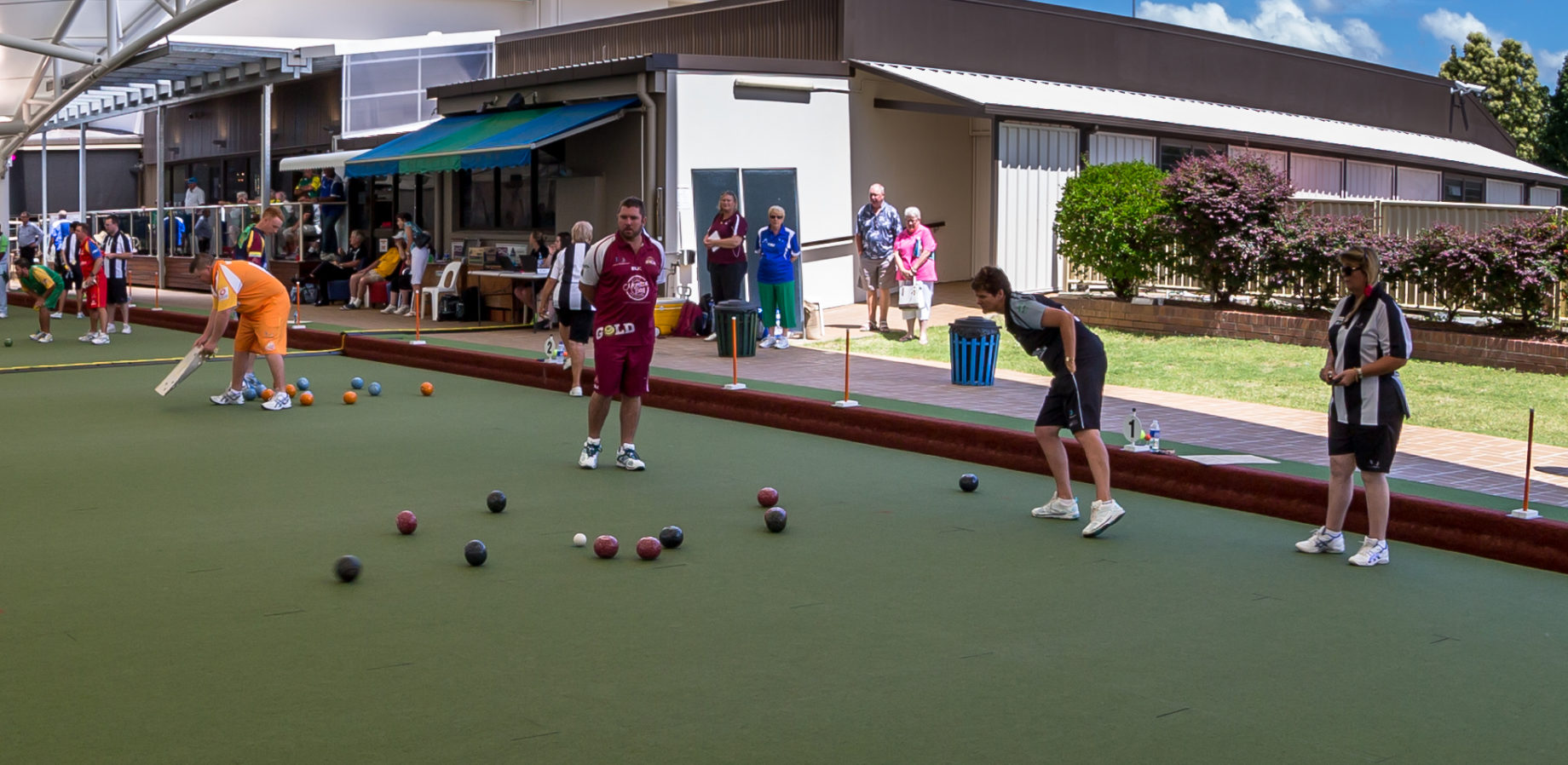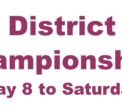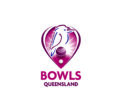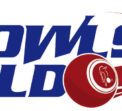Joan’s Umpiring Tips
Joan takes a look at some real-life scenarios where an umpire’s decision may be needed.
During the Pennant Season and the playing of various Championship Competitions, many issues/situations have surfaced which have caused much discussion amongst players.
Below are some of those situations:
1. A player in Team A plays their bowl and it comes to rest with part of the bowl on the boundary line. Team A Skip believes that it is still in play as part of the bowl is on the line. Skip B disagrees and says it is dead so they call the Umpire.
The bowl is still alive as it is a Line bowl which has come to rest partly inside and partly outside the side boundary of the rink of play – C.19 (page 11). (See examples in photo 1)
2. A player believes that his opposition is foot-faulting and decides to advise his Skip who then appeals to the Umpire.
After the Umpire observes the player he advises his decision to the player and it is as follows:
Law 7.1 (Pages 23/24) – Before delivery, a player must be standing on the mat with all or part of at least one foot on the mat. At the moment they deliver the jack or bowl, the player must have all or part of one foot on or above the mat. (See examples in photo 2)
3. Restricting the movement of players during the game has been brought up and the Umpire has been requested to explain.
If a Controlling Body decides that it is appropriate to restrict the movement of players during play, provision for this must be included with in the Conditions of Play. For the playing of Pennant and Championship games, the majority of the Conditions of Play include Restricting Movement of Players. They usually are as follows:
Note: Players will only be allowed to walk up to the head as follows:
(a) The Leads: after the second player in their team has delivered their second bowl.
(b) The Seconds: after delivery of their second bowl.
(c) The Thirds: after delivery of their second bowl.
(d) The Skips: may go to the head after delivery of either skip’s first bowl.
Players Position: Players, excluding skips, are not permitted to remain at the head whilst their opposite number is delivering their bowl. Any skip choosing to remain at the head end shall retire behind the head. Skips must return to the mat immediately their opponent’s bowl has come to rest.
Note: Restricting the movement of player does not prohibit a player being called to the head by the skip, but care should be taken not to delay play.
Suggested important reading– A.4 – Pages 96, 97, 98 which sets out all details about restricting the movement of players during play. Also, A.5 which refers to Delaying (slow) play.
4. A player has a set of bowls with the date stamp of 2013 and was advised that they were out of date and were not to be used in various competitions. Is this correct?
DR.4.9 – Requirement for stamps on bowls (Law 53.5) – (Page 122)
4.9.1 For events where Bowls Australia is the Controlling Body, as a minimum, all bowls must carry the stamp of the current or future calendar year in which the competition/event takes place.
4.9.2
4.9.3 For Domestic events where Bowls Australia is not the Controlling Body, the stamp of a current or future year is not required unless specified by the Controlling Body in the Conditions of Play for that event. (See example in photo 3– showing the stamp – 13 WB ).
